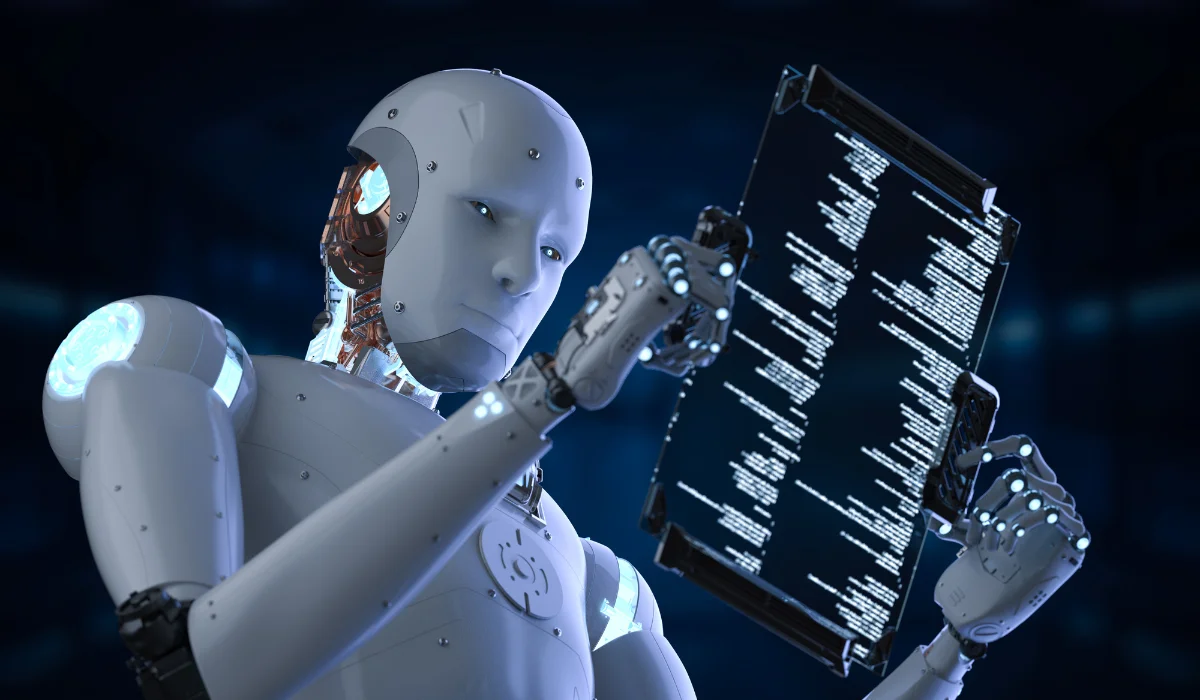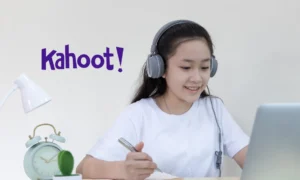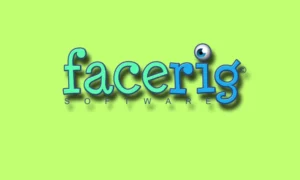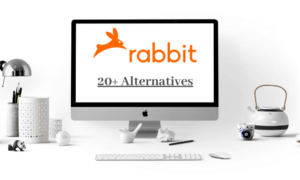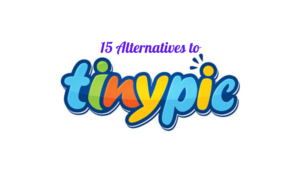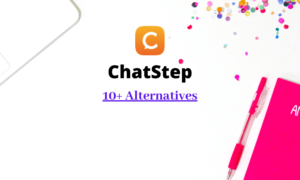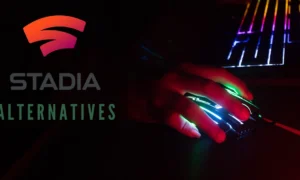Artificial Intelligence (AI) has advanced at an astonishing pace in recent years, with one of the most revolutionary breakthroughs being the rise of generative AI. From producing human-like text and realistic images to composing music and even generating code, generative AI has begun to blur the line between machine intelligence and human creativity. This evolution is not only transforming how content is created but also how we think about authorship, authenticity, and the nature of creativity itself.
What Is Generative AI?
Generative AI refers to a class of algorithms that can create new content by learning from vast amounts of existing data. Unlike traditional AI systems that focus on classification or prediction, generative AI models are designed to produce novel outputs—text, images, audio, or other formats—based on learned patterns. The most popular examples include OpenAI’s GPT models for language, DALL·E for image generation, and Google’s MusicLM for audio generation.
The underlying mechanism for many of these systems is the transformer architecture, a type of neural network that enables the model to understand context, sequence, and relationships between inputs at an unprecedented level. With this capability, generative AI can compose poetry in the style of Shakespeare, write essays on quantum physics, or render photorealistic portraits of imaginary people.
Must Read: How Generative AI will Transform your Business
The Democratization of Creativity
One of the most significant impacts of generative AI is its democratization of creative power. Previously, professional tools for graphic design, music production, or storytelling required years of training and expertise. Now, with platforms powered by generative AI, anyone with an idea can turn it into reality.
For example, a small business owner with no design background can generate high-quality marketing images. A student can get help drafting an essay or summarizing dense research papers. Content creators are using AI to brainstorm scripts, create visual content, and edit media more efficiently than ever before.
This accessibility is a double-edged sword. On the one hand, it empowers individuals and small teams to compete with larger entities. On the other hand, it raises questions about originality, artistic ownership, and the saturation of low-effort or misleading content.
Challenges of Authenticity and Misinformation
The power of generative AI to create realistic content brings with it serious concerns about misinformation and trust. Deepfakes—AI-generated videos that appear convincingly real—can be used to spread false information or impersonate public figures. AI-generated news articles and social media posts can be used for propaganda or disinformation campaigns.
To combat this, researchers and developers are investing in AI detector tools—systems designed to identify whether a piece of content was generated by a machine. These detectors analyze subtle patterns and inconsistencies that are typically absent in human-created content. However, the arms race between generation and detection is ongoing. As generative models improve, so too must the systems built to monitor and regulate them.
Also Read: Network-Attached Storage (NAS) – A Detailed Guide
Ethical and Legal Considerations
With generative AI rapidly entering mainstream use, ethical and legal frameworks are struggling to keep up. Key concerns include:
- Intellectual Property: When an AI generates a work based on millions of existing copyrighted works, who owns the output? Is it the user, the developer, or does it infringe on the original creators’ rights?
- Bias and Fairness: AI models often reflect the biases present in their training data. This means generated content can sometimes perpetuate stereotypes, cultural inaccuracies, or harmful narratives.
- Labor Displacement: As AI becomes more capable of automating creative tasks, questions arise about the future of jobs in sectors like graphic design, copywriting, music production, and journalism.
Governments and institutions are beginning to respond. The European Union’s AI Act, for instance, classifies different levels of AI risk and proposes strict guidelines for high-risk applications. Meanwhile, organizations like UNESCO and the OECD are advocating for ethical principles and transparency in AI development and deployment.
Generative AI in Education, Health, and Science
Beyond entertainment and content creation, generative AI is proving to be a powerful tool in high-impact fields:
- Education: AI can create personalized lesson plans, tutoring systems, and accessible content for learners with disabilities or language barriers. Tools like ChatGPT are being used to help students grasp complex topics through interactive dialogue.
- Healthcare: Generative models can simulate biological processes, helping researchers discover new drugs or predict how diseases might evolve. Generative design is also being applied to medical imaging, allowing for early and more accurate diagnoses.
- Science and Engineering: AI is being used to generate new molecular structures, design efficient materials, and optimize engineering solutions. NASA and other space agencies are exploring AI for mission planning and simulation.
The Future: Human-AI Collaboration
The most promising vision for generative AI is not one where machines replace humans, but one where they augment human capabilities. In this paradigm, AI acts as a co-creator—suggesting ideas, expanding possibilities, and taking care of repetitive tasks—so that humans can focus on higher-level thinking and expression.
Artists are beginning to embrace AI as a collaborator. Filmmakers are experimenting with AI-generated storyboards. Architects use AI to prototype building designs. Musicians use AI-generated melodies as inspiration for new compositions.
The key is balance. While generative AI can enhance creativity, the heart of truly meaningful expression still lies in human intention, emotion, and experience.
Must Read: InVideo AI Alternatives
Conclusion
Generative AI is no longer a novelty—it is a transformative force reshaping the landscape of creativity, communication, and knowledge. As we navigate this new frontier, we must balance innovation with responsibility, embracing the potential of AI while remaining vigilant about its challenges.
The question is not whether AI will be part of our future—it already is. The question is how we, as a global society, choose to harness its power for good.
Harry O’Neill writes about all things tech, SaaS, and marketing at Solution Suggest. He’s known for turning complex ideas into clear, actionable insights. With experience working alongside top-tier companies worldwide, he helps brands connect with their audiences through content that drives real results.

